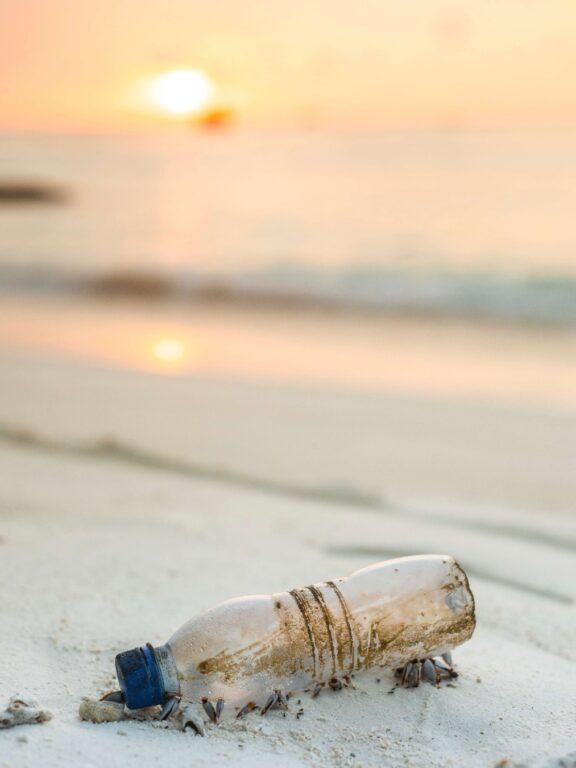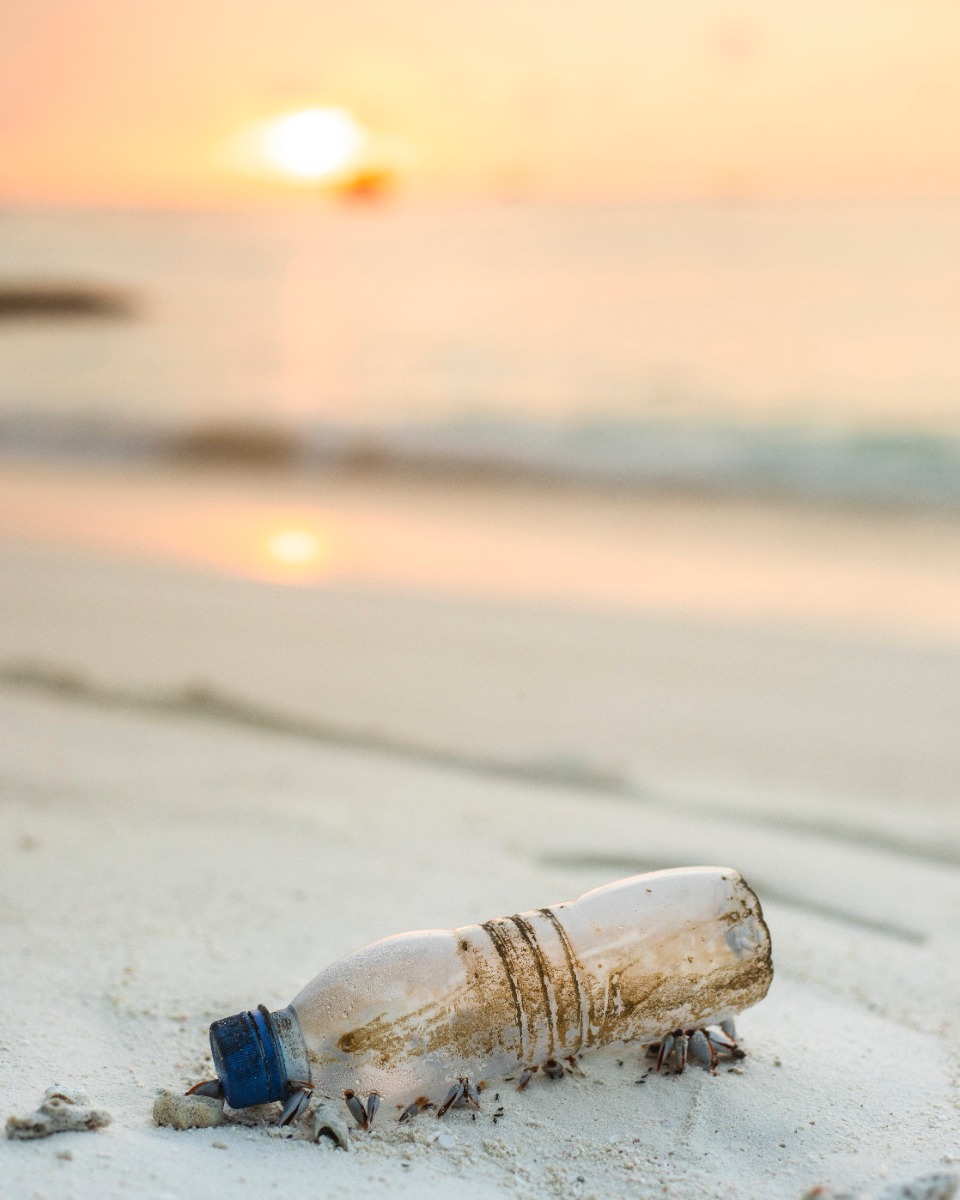What are the top 10 items found in our oceans, on our beaches and during costal cleanups? Every year an insane amount of plastic is produced. To be specific, over 300 million tons of plastic is produced annually. Half of it ends up in the trash in less than a year. The sad reality is that at least 8 million tons, end up in our oceans even year!
The Ocean Conservancy’s International Coastal Cleanup has people from all over the world cleaning up trash from beaches and waterways. They identify the top 10 sources of debris and look to change the harmful causes.
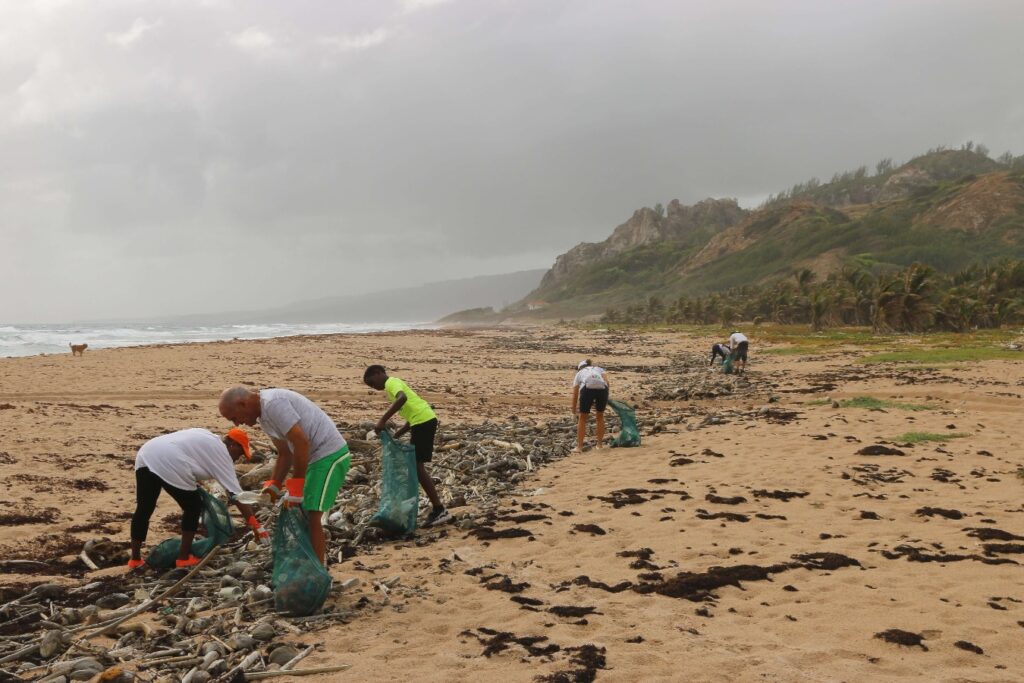
You can remove these from your life and make a real difference. Keep reading for how to ideas.
International Coastal Cleanup’s Top 10
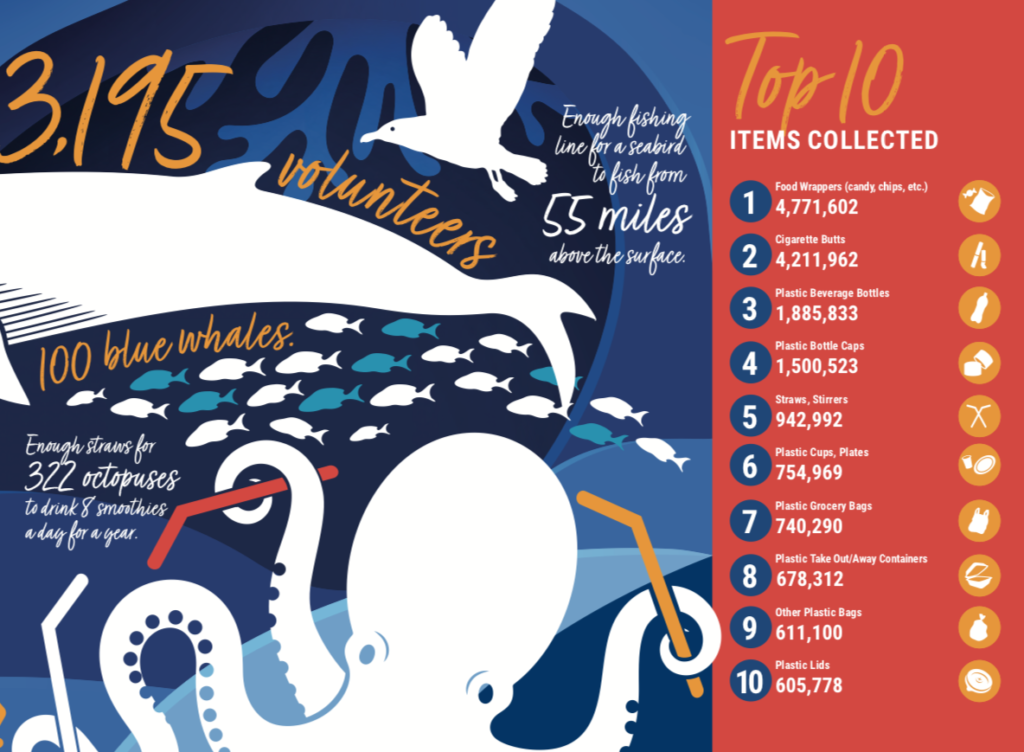
1
Food Wrappers
These days, almost everything you buy is wrapped in plastic. So many food items come wrapped or bagged in some sort of plastic. Depending on where you live, a large percentage of plastic goes un-recycled. Even if you put it in the blue bin. Not only is this one of the worst polluters but it’s also known fact that unwanted chemicals can leach into your food.
How to switch and better options:
- Chose food that isn’t wrapped in plastic (examples: unpackaged lettuce; bread in paper)
- Buy in bulk with reusable bags, containers or glass jars
- Buy direct from farms or farmer’s market using your reusable bags or containers
- Choose better and safer packaging that are 100% recyclable: glass packaging, aluminum packaging
- Canning or freezing fresh items
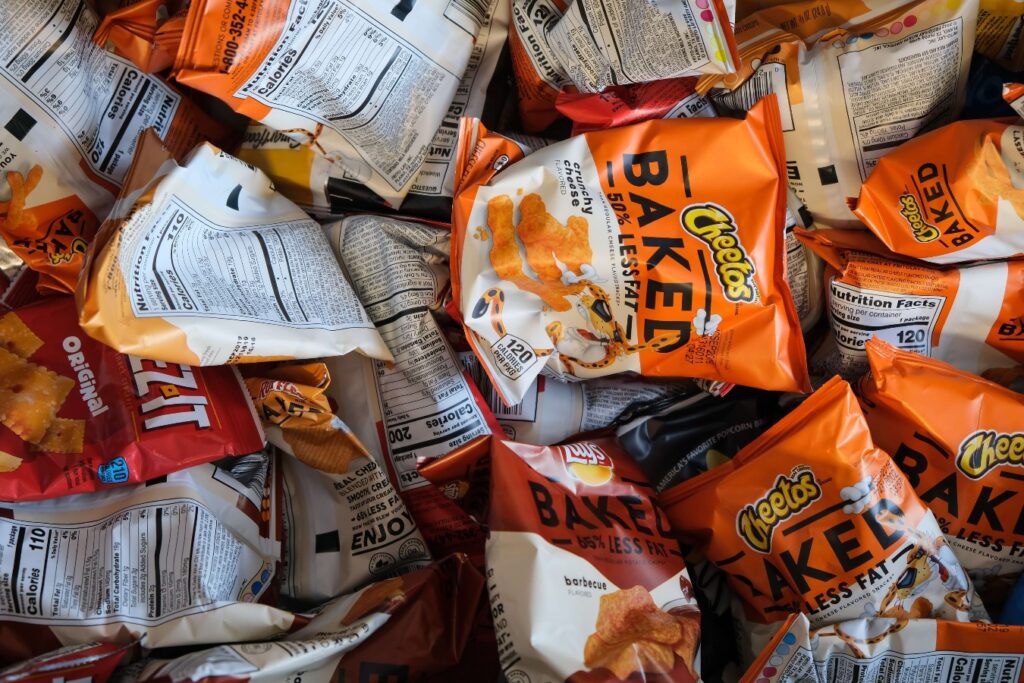
2
Cigarette Butts
You may think these are small and don’t have much of an impact, but they certainly add up. 5.5 trillion (5,500,000,000,000!!!) cigarettes are consumed globally every year. So many end up in our oceans and waterways!
They start major fires, poison wildlife and humans, damage ecosystems and create a huge amount of waste. Their impact is astronomical.
How to switch and better options:
- Quit smoking. I most certainly believe in free choice and totally understand how difficult it is to quit
- Rolling your own with biodegradable papers
- Smoking only cigarettes with plant based biodegradable filters
- Some E-cigarettes can be used responsibly
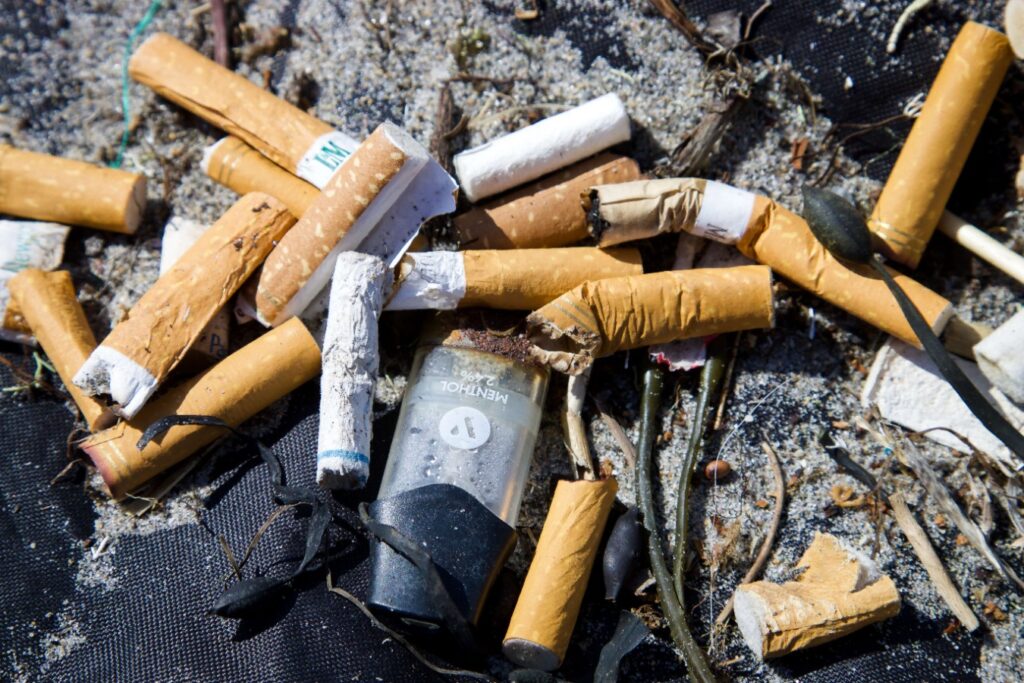
3
Plastic Beverage Bottles
Oh, the plastic water bottle. Whether it’s filled with water or another drink, it’s so unbelievably wasteful.
A million plastic bottles are bought every minute! This could increase by 20% by the end of 2021.
Most of them are water bottles. People often think it’s better quality but more often than not, it’s only tap water.
20,000 bottles are bought around the world every second!
Fewer than half of the bottles are collected for recycling and just 7% of those collected were turned into new bottles. Instead most plastic bottles produced end up in landfills, waterways or the ocean.
According to research, by 2050 the ocean will contain more plastic by weight than fish.
How to switch and better options:
- Reusable bottles, mugs and containers
- Water filters and filter straws
- Water fountains
- Buy a drink from an establishment, ask for it to be in glass or ceramic and stick around to enjoy it
- locally sourced drinks in recyclable glass or aluminium
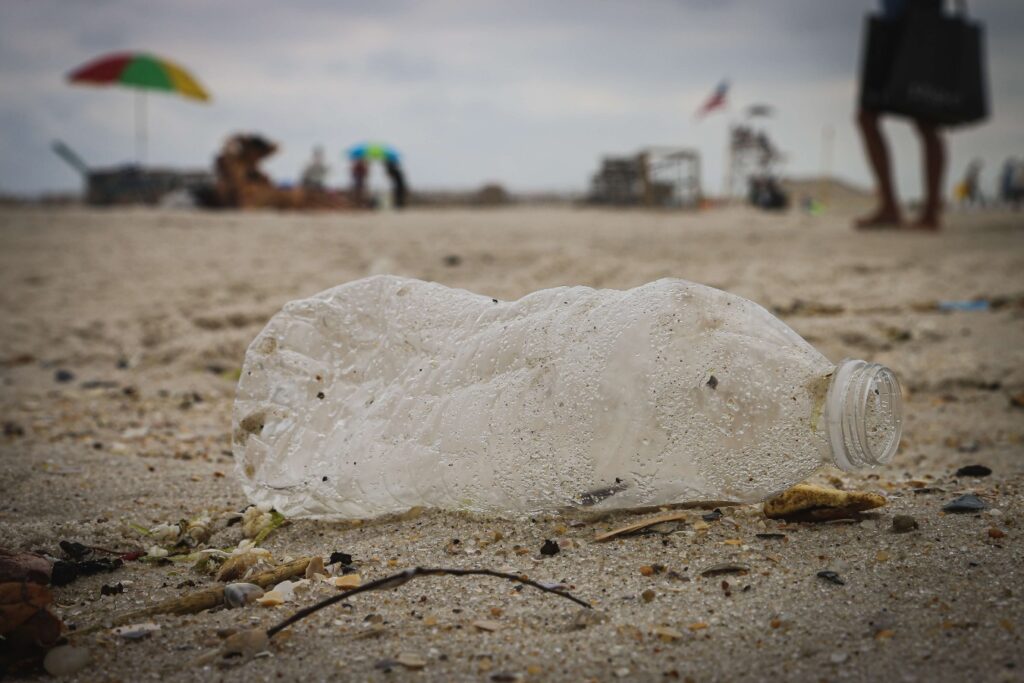
4
Plastic Bottle Caps
Over the last 30 years, more than 20 million bottle caps and lids were found during beach cleaning activities around the world.
Marine mammals, birds and fish see plastic bottle caps as food, which can lead to ingestion and potentially fatal consequences.
Currently, most places don’t recycle bottle caps
How to switch and better options:
- Same as plastic bottles above (pollutant #3 on the list)
- reusables
- Recyclable glass or aluminium
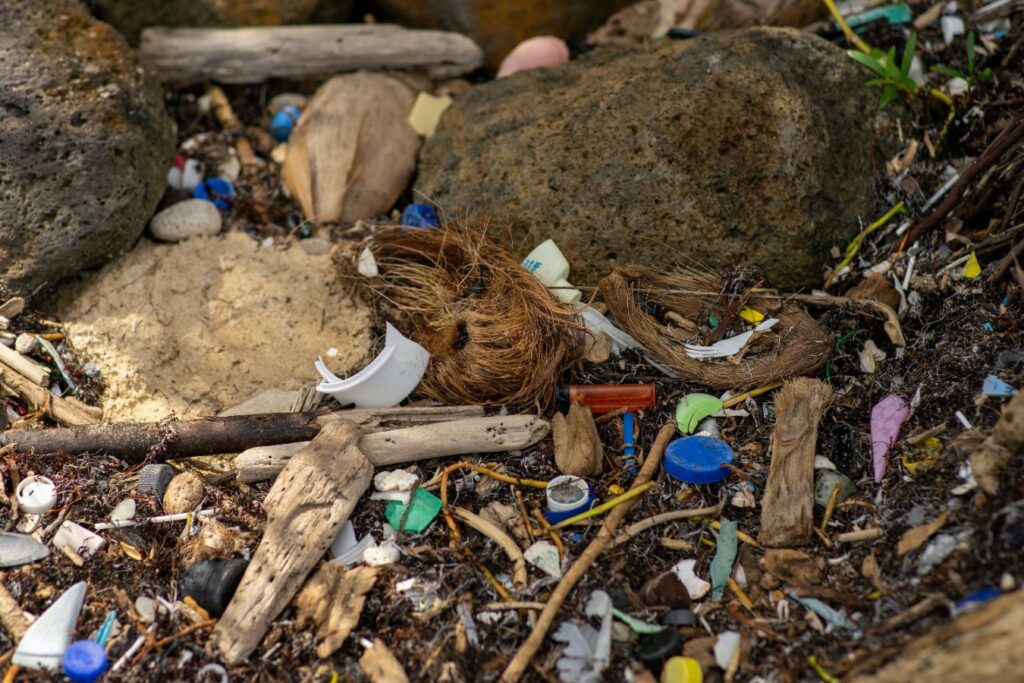
5
Straws, Stirrers
Straws and stirrers have an enormous impact when you add them all up. In the US alone 500,000,000 straws are used every day. This could fill 125 buses every day!
Most of them end up in landfills, waterways and oceans. They cause havoc on marine life searching for food.
I am guessing you have seen the video of the turtle with a straw stuck in its’ nostril.
How to switch and better options:
- Reusable straws: Stainless Steel, Bamboo or Glass
- Biodegradable straws: Paper, Sugar, Rice or wheat
- Skip on the straw
- Reusable stirrers: Knife, Spoon or Fork
- Biodegradable stirrers: Bamboo or wood
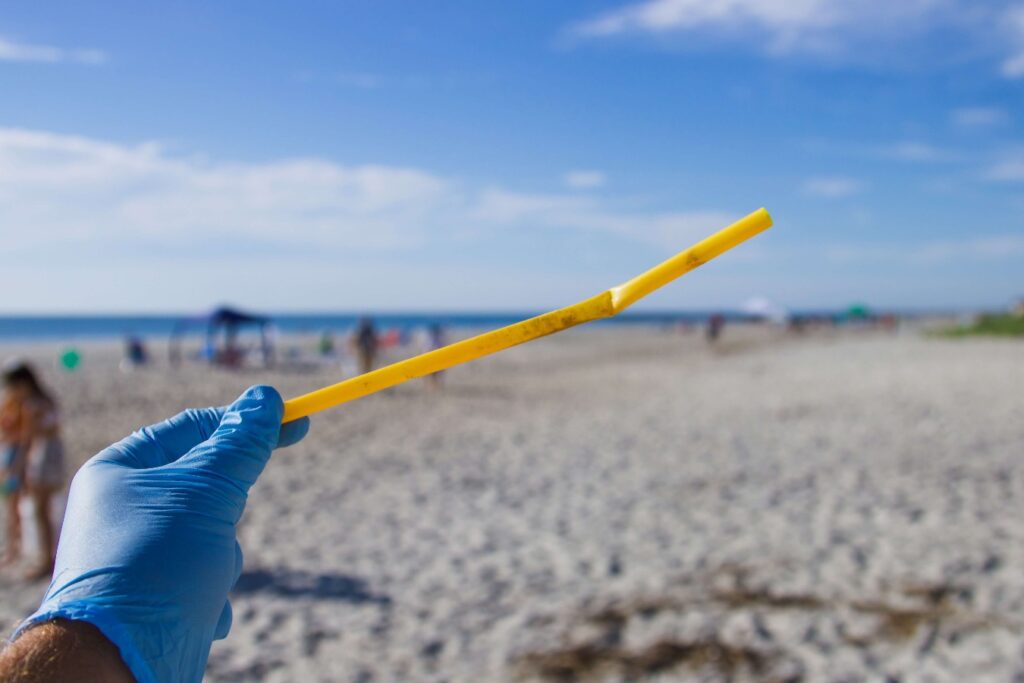
6
Plastic Cups, Plates
Throwing away is a myth, trash doesn’t actually go away. Disposable cups and plates more often than not end up in landfills, waterways and oceans. Sorry if it’s getting repetitive, it’s just the reality of where things end up.
Some are recyclable, but more often than not they end up in the trash. Especially if they have food residue on them. Recycling centres frequently throw out contaminated plastics. Often the clean ones from the same bin get tossed as well.
How to switch and better options:
- Reusable Cups and Plates
- Biodegradable if you absolutely need a disposable. Covid business protocols come to mind
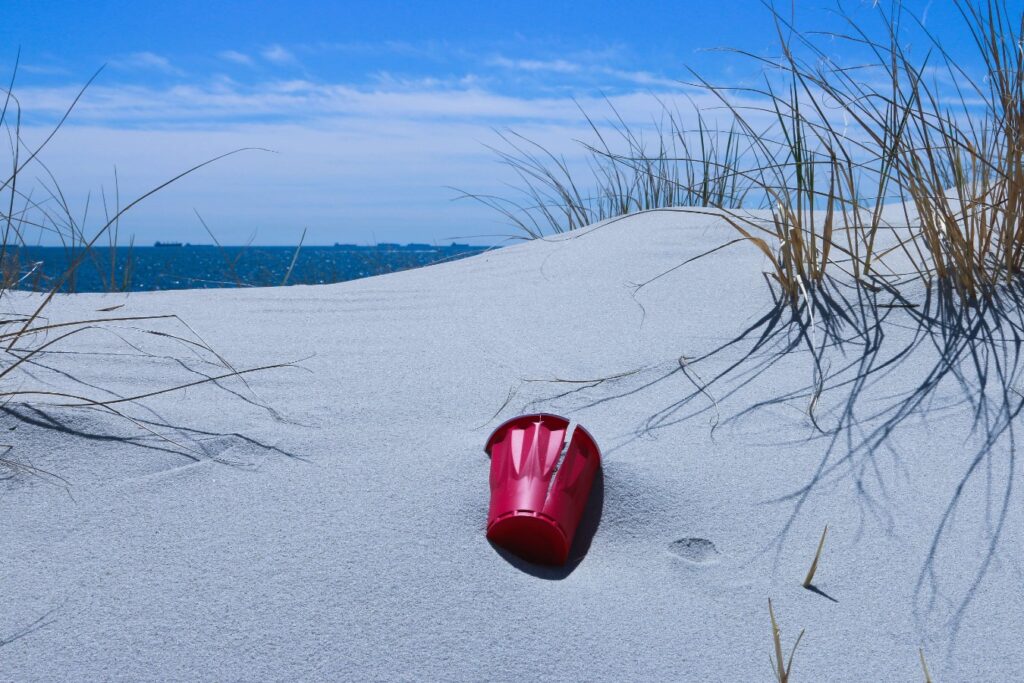
7
Plastic Grocery Bags
12 minutes of use, 1000 years of pollution. Most bags are simply thrown out, less than 1 percent are recycled.
These bags affect our marine life and birds, making them sick or dying of starvation as they mistake it for food. Consequently, it ends up in our food chain as well.
How to switch and better options:
- Reusable bags
- Use your cart or basket to get your groceries to your vehicle if you have forgotten your bags
- If you see someone you know at the store, ask to borrow a bag from them
- Pockets and even hoods on you sweatshirt or jacket. This is only for after your items have been scanned at the till
- Most supermarkets have old boxes that can be reused
- Paper bags if you have not other choice
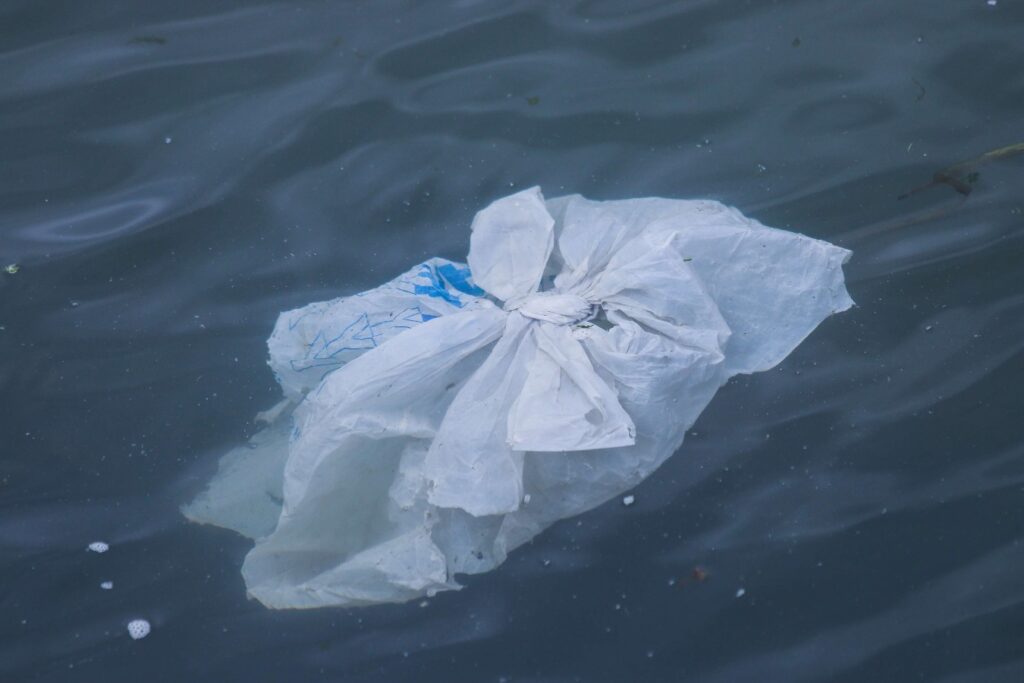
8
Plastic Take Out Containers
2025 million takeaway containers per year being used in the European Union (EU) alone.
Just like the plastic cups and plates. Some are recyclable but more often than not they end up in the trash. Especially if they have food residue on them.
Recycling centres frequently throw out contaminated plastics and often the clean ones from the same bin get tossed as well.
How to switch and better options:
- Dine in, take a bit of time to enjoy the moment
- Bring your own reusable containers. You may have to order dine in and transfer to containers yourself
- Biodegradable container options: Paper, Plant based compostable. Don’t mix these with recyclables
- Support businesses that use biodegradable options and let those who don’t know that you’ll support them once they make the switch from plastic
9
Other Plastic Bags
These can be shopping bags or packaging for household items, fashion… So many things come wrapped in plastic these days.
Plastic bags require a lot of non-renewable resources. They release toxins during their production and after their end of life. Once again, they are very harmful to our ecosystem.
How to switch and better options:
- Seek out products that have no packaging
- Seek out products that have more responsible packaging
- Use reusable bags
- If you have no choice, take the bags and reuse them until the end of their life. Then recycle them
10
Plastic Lids
Plastic lids from coffee, tea, drinks and smoothies are often not recyclable. Harsh chemicals may leach in to your hot drinks as well.
Once again, most of them end up in landfills, waterways and oceans. They cause havoc on marine life searching for food. I am getting tired of mentioning that one, but it’s the reality of the plastic found in coastal cleanups.
How to switch and better options:
- Have your coffee at the cafe in a ceramic mug. Take a bit of time to enjoy the moment
- Reusable mugs
- Reusable bottles
- Ask for no lid. Depending on where you’re going with your drink, think about whether you need a lid
- Support businesses who use compostable lids

Other Common Items Found
Many other items are found on ocean and coastal clean ups:
- Plastic utensils
- toothbrushes
- dental picks
- metal bottle caps
- tampon applicators
- toys
- other plastic packaging
Depending on the year, plastic utensils and toothbrushes are often in the top 10.
How to switch and better options:
- Reusable Stainless Steel or Bamboo utensils
- Bamboo or wooden toothbrushes
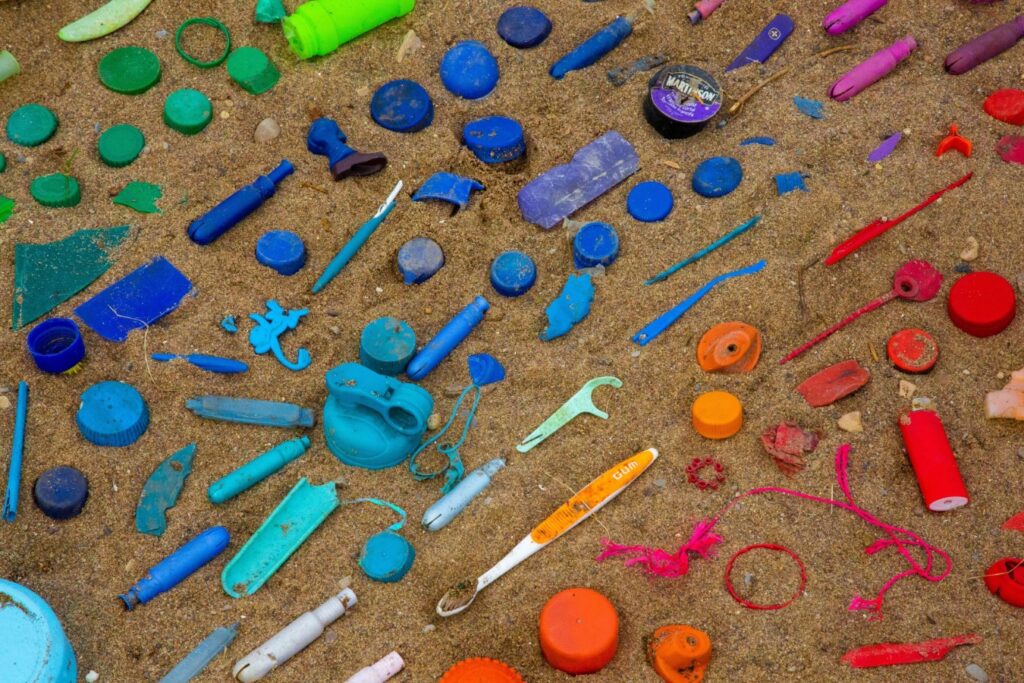
Fishing nets are another major item found in ocean and coastal clean ups. This topic could be a whole other post.
Conclusion
You can remove all these products from your life. Together we can have a major impact. You can make a real difference.
If you are having a hard time removing these items from your life, focus on eliminating one thing to start and work your way up. Reducing has an impact as well. Before you now it, these changes will be easier than you think.
The basic principles of Zero Waste will help you on your journey.
Use your voice and buying power as a consumer to support companies and businesses who have already made the switch away from plastic. You can also let those who haven’t switched know why you’re not supporting them.
I can assure you that high quality reusables will increase your quality of life over cheap disposables.
Almost Zero Waste is another great resource on the subject and has helped me make the transition.
If I missed anything, or have more insight, don’t be shy to leave a comment.
Thanks for reading, subscribe below for regular updates. Please share on your socials.
Pat
Pat is a Ski Patroller/Avalanche Technician with a keen interest in design and sustainable living due to a longtime passion for the outdoors. Seeing glaciers melt, seasons change, summer skies full of smoke and beach pollution first hand, motivate him to make a difference.
As Yvon Chouinard Founder of Patagonia says “If you are not part of the solution, you are still part of the problem”.
